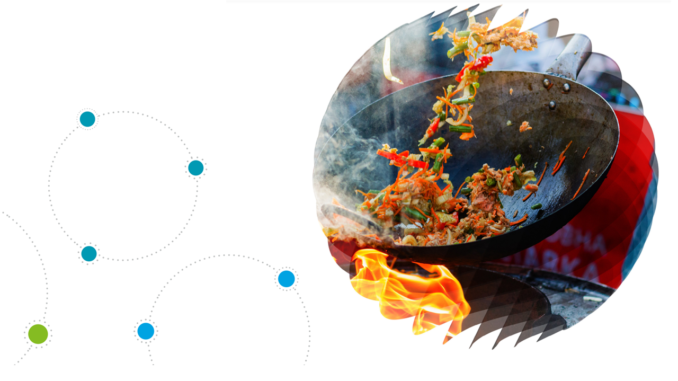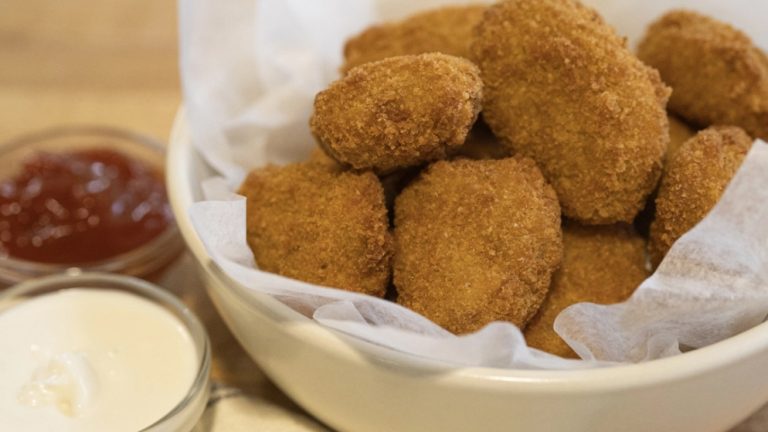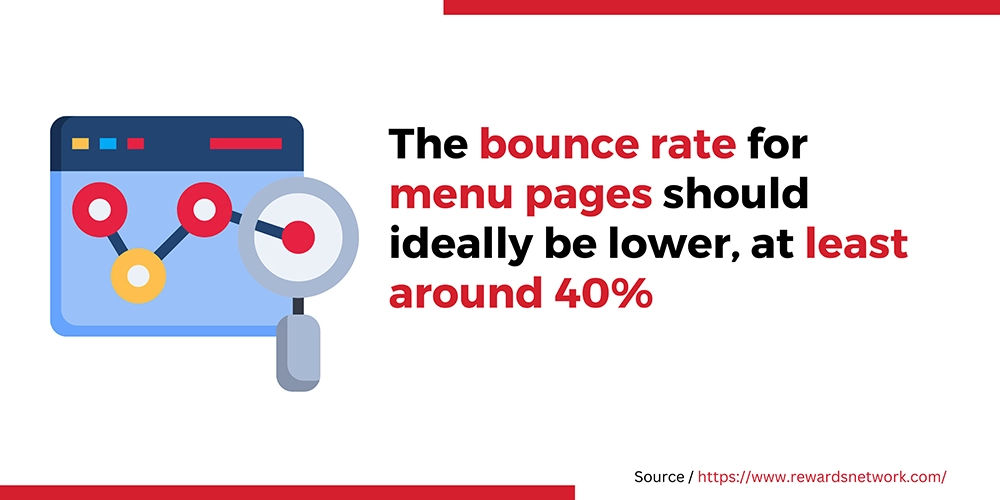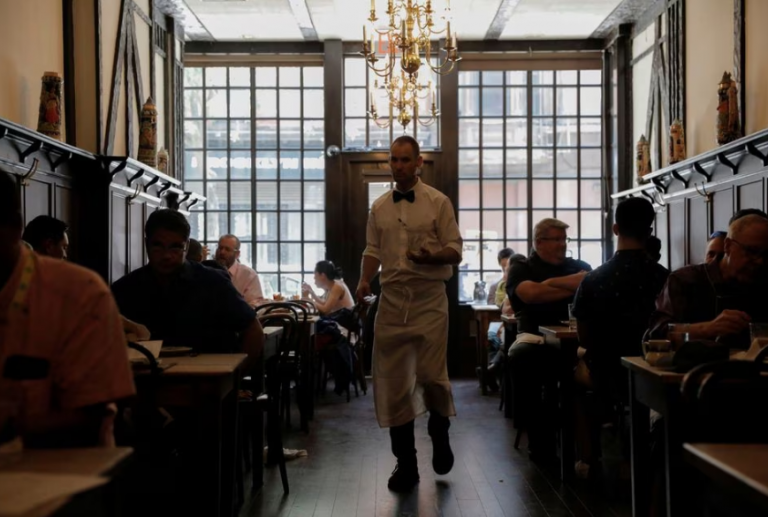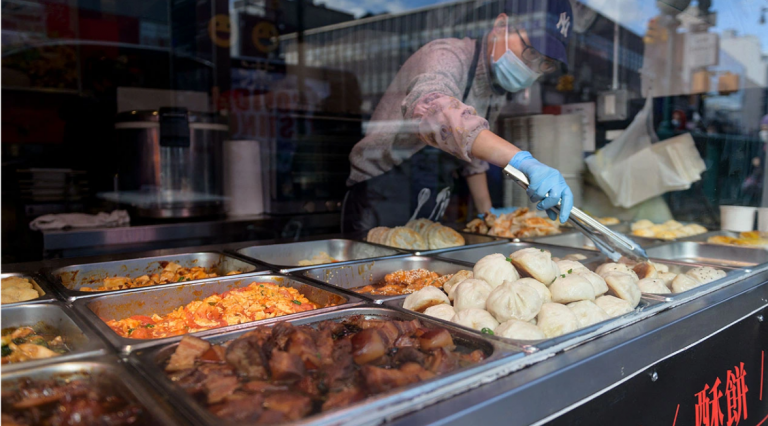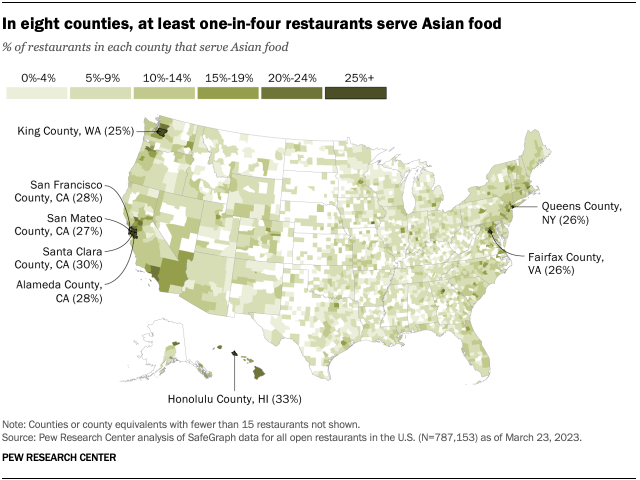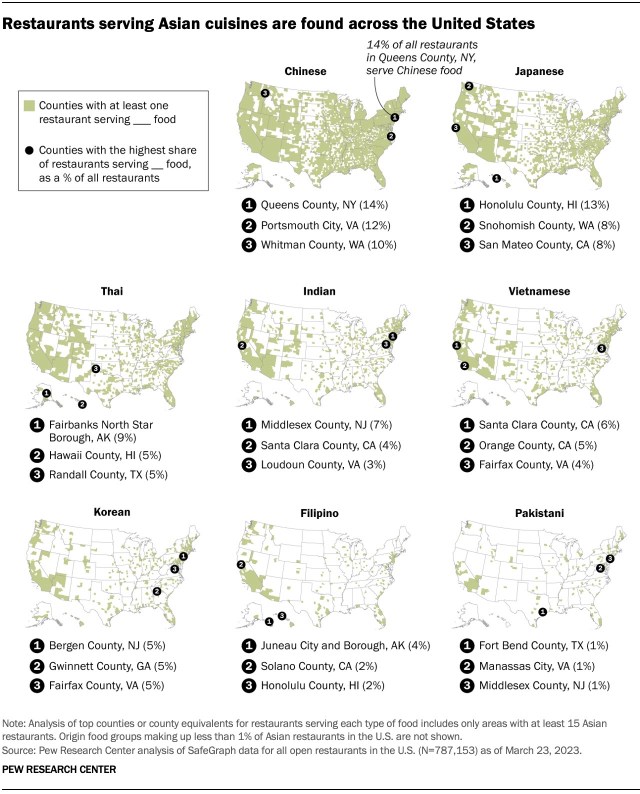Welcome to the future of dining! In this digital era, restaurants are taking their game to the next level with self-serve kiosks. These little wonders are not only personalizing your dining experience but also doing a happy dance for your taste buds while boosting restaurant revenues. Hold on tight as we dive into the sizzling benefits of self-serve kiosks, how they sprinkle magic on your dining adventure, and the secret sauce behind the skyrocketing revenues they bring to restaurants.
Here are the Features That Will Improve Restaurant Dining Experience and Revenues using Self-Ordering Kiosks
Enhancing Personalization:
Picture this: you step up to a self serve kiosk that’s ready to serve you a personalized feast. With its AI-powered intelligence, it dives into a treasure trove of customer data, including your previous orders, preferences, and dietary quirks. According to Grand View Research, AI will continue to transform many different industries, with a projected annual growth rate of 37.3% between 2023 and 2030. Voila! The kiosk presents you with mouthwatering menu suggestions that perfectly match your unique tastes. It’s like having a culinary genie that knows you better than you know yourself!
But wait, there’s more! These genius kiosks go beyond just knowing your food preferences. They consider the time of day, the weather outside, and the popularity of dishes to recommend items that hit the spot. Craving a refreshing salad on a scorching summer day? The kiosk will read your mind and suggest the coolest greens in town. It’s like having a culinary weather forecaster who always has your back.
And guess what? These self-serve kiosks let you be the master chef of your own meal. They guide you through a delightful journey of customization, offering tantalizing options and clever substitutions based on your preferences. Feel like adding extra cheese or switching to a gluten-free bun? No problem! The kiosk happily grants your every foodie whim. It’s like being the star of your very own cooking show!
Increased Revenues:
Hold on tight, because these self-serve kiosks aren’t just about making your taste buds dance. They’re also spicing up the restaurant’s revenues in fantastic ways:
- Upselling and Cross-selling Magic: These kiosks have a secret talent for upselling and cross-selling. With their AI algorithms, they analyze your ordering history and seamlessly suggest complementary items that perfectly match your preferences. Craving a juicy burger? They’ll tempt you with irresistible sides and mouthwatering desserts. Before you know it, your taste uds and the restaurant’s revenues will be doing a happy dance together!
- Turbocharged Order Placement: Say goodbye to waiting forever to place your order. These self-serve kiosks make ordering a breeze. You get to explore the menu at your own pace, drooling over images and descriptions of each dish. No rush, no pressure. This speedy and efficient process means more happy customers served in less time. That means more satisfied customers and more cash in the restaurant’s register!
- Menu Magic Unleashed: These kiosks are wizards when it comes to optimizing menus. By analyzing mountains of customer data, they uncover the hidden gems that customers can’t resist. Armed with this knowledge, restaurants can sprinkle their menus with new and exciting items, revamp existing recipes, and bid farewell to dishes that aren’t performing. It’s like having a culinary crystal ball that helps the restaurant serve exactly what customers crave!
- Customer Love and Loyalty: Get ready to be showered with love and loyalty! These personalized recommendations and customization options make you feel like a VIP. When restaurants show they understand your unique preferences, you can’t help but become a loyal fan. And what does that mean for the restaurant? A devoted army of customers who keep coming back for more, spreading the word, and boosting those revenues higher and higher!
Hungry for some excitement? Self-serve kiosks are here to serve up an unforgettable dining adventure. With their personalized suggestions, culinary weather forecasts, and customization magic, they make dining a delightful experience. And the best part? They don’t just tantalize your taste buds; they also fatten up restaurant revenues. So get ready to feast on these fantastic innovations and prepare for a future where every dining experience is a personalized masterpiece!



